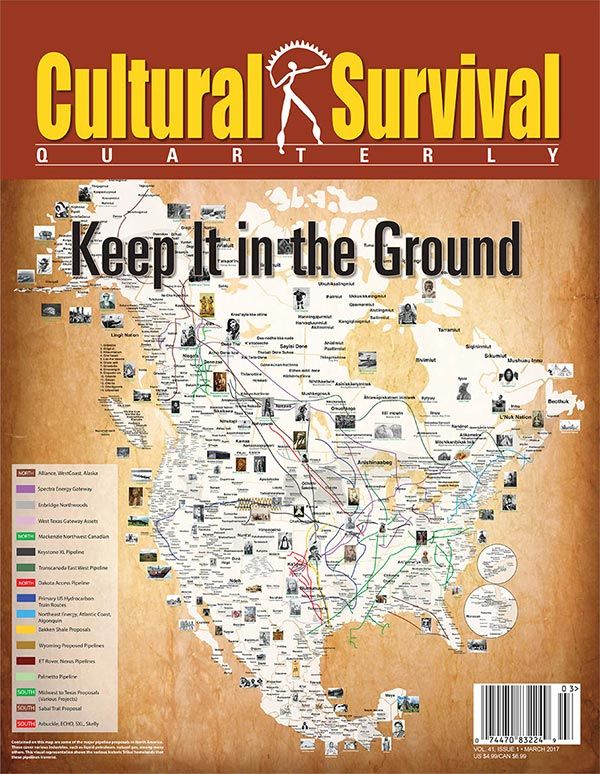The cover page of a cultural magazine serves as a visual gateway into the thematic universe contained within its pages. This initial encounter, akin to a masterful prologue or a vivid canvas, sets the tone for exploration, enticement, and reflection. Each cover is not merely an aesthetic choice; it is a curatorial decision, an invitation for readers to delve into narratives that intertwine culture, identity, and societal dynamics.
Consider the metaphor of a “cultural tapestry” when examining magazine covers. Each thread—pictorial representation, typography, color scheme—interweaves a story that reflects the essence of a society or movement. In this intricate design, every element is deliberately chosen to resonate with an audience, drawing them into a multifaceted dialogue that transcends mere graphics. The selection of images often encapsulates broader socio-political contexts or cultural paradigms, serving as an allegory for the dynamics at play in the featured narratives.
The unique appeal of a cultural magazine cover lies in its ability to prompt a visceral reaction. A compelling visual can evoke nostalgia, aspiration, or a critical analysis of contemporary issues. The juxtaposition of text and imagery can serve as both a celebration of heritage and a challenge to the status quo. For instance, a cover image highlighting indigenous art could spark discussions on cultural appropriation versus appreciation, prompting deeper engagement with the articles that follow.
The visual hierarchies established on these covers are instrumental in guiding readers’ perceptions. Magazine covers often employ bold typographical choices contrasted against striking visuals, creating a visual rhythm that compels attention. This interplay between text and image acts as a symbiotic relationship, where the visual entices the reader, while the textual component provides context, forging a narrative bridge to the ensuing content.
Moreover, the use of color plays a pivotal role in the allure of a cultural magazine cover. Colors have the power to evoke emotions and evoke memories, yet their significance can vary drastically across different cultures. A vibrant palette might symbolize festivity and exuberance in one context, while in another, the same hues may signify unrest or upheaval. This chromatic language becomes a vital tool for magazines aiming to connect more profoundly with their readership, signaling not just the thematic undertone of the content but also echoing the zeitgeist of the moment.
The cultural magazine cover can also function as a mirror reflecting societal values and concerns. For instance, covers that feature prominent activists or highlight pressing environmental issues can galvanize readership, presenting the publication as a platform for advocacy and change. Such imagery does not exist in isolation; it prompts readers to consider their roles within these narratives and often ignites a desire to advocate for social or environmental justice. This is particularly poignant in an era where visual media dominates public discourse, underscoring the magazine’s responsibility to curate images that provoke thought and inspire action.
As we transition into the discussion of thematic diversity found in cultural magazine covers, it’s important to recognize that these covers often represent an amalgamation of art, journalism, and activism. Themed issues might tackle subjects ranging from globalization’s impact on local cultures to the celebration of literary traditions. This thematic representation further amplifies the magazine’s role as a decoder of cultural phenomena, allowing it to capture and disseminate complex narratives that resonate with a wide array of audiences.
In examining the collective impact of these covers, we must acknowledge the role of technology in their evolution. The digital age has transformed how cultural magazines curate their aesthetic. Social media platforms provide a new canvas for visual storytelling, allowing these initial covers to reach audiences in unprecedented ways. The potential virality of a striking cover image can amplify its message, fostering a global discussion that extends beyond print. Thus, the cultural magazine cover transcends its static nature, becoming a dynamic point of engagement within the digital landscape.
In conclusion, the cultural magazine cover is more than just a title or an image; it is a multifaceted entity that encapsulates the essence of a publication’s mission while engaging the reader in a deeper cultural dialogue. As a conduit for artistic expression, social commentary, and community engagement, these covers invite us to explore, question, and understand the world around us. The intricate amalgamation of visuals, text, and thematic relevance speaks to the ever-evolving nature of culture and the narratives that shape our collective existence. As we reflect on these covers, we recognize their power to influence thought, inspire action, and connect us through the shared experiences of humanity.
